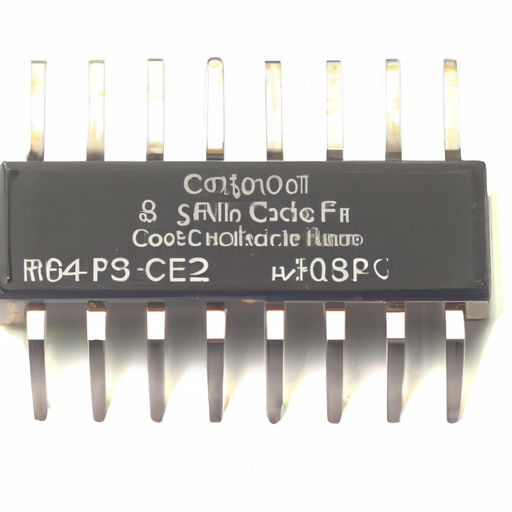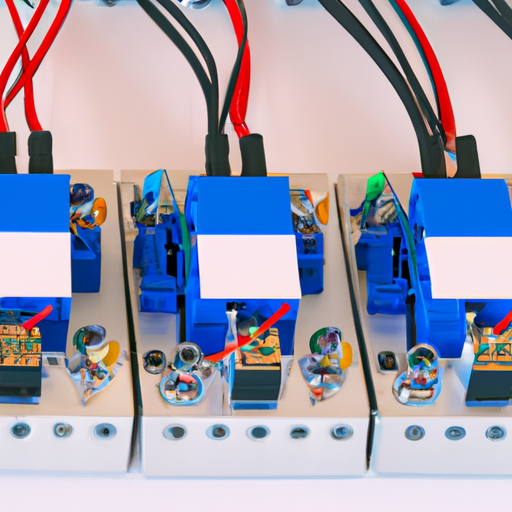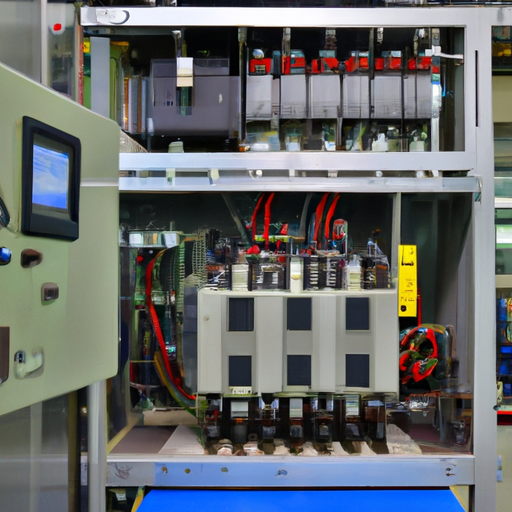CFR-25JB-52-1K5 Isolation Transformers and Autotransformers, Step Up, Step Down highlighting the core functional technology articles and application development cases of Isolation Transformers and Autotransformers, Step Up, Step Down that are effective.
Overview of Isolation Transformers and Autotransformers
Isolation transformers and autotransformers are pivotal in electrical engineering, serving distinct yet complementary roles in power distribution, voltage regulation, and safety. Below, we delve deeper into their core functional technologies, applications, and notable development cases.
---
Isolation Transformers
| 1. Electrical Isolation: Isolation transformers create a barrier between the input and output, preventing direct electrical connection. This is crucial for protecting sensitive equipment from electrical noise, surges, and ground loops. |
| 2. Voltage Regulation: They can adjust voltage levels (step up or step down) while ensuring a stable output, which is essential for the operation of sensitive electronic devices. |
| 3. Safety Enhancement: By isolating the load from the power source, isolation transformers significantly reduce the risk of electric shock and equipment damage, making them vital in safety-critical applications. |
| 1. Variable Voltage Control: Autotransformers can efficiently step up or step down voltage levels using a single winding, which serves both the primary and secondary circuits, enhancing efficiency. |
| 2. Compact Design: Their design is generally more compact and lightweight compared to isolation transformers, making them ideal for applications with space constraints. |
| 3. Higher Efficiency: Due to the shared winding, autotransformers exhibit lower losses, resulting in higher operational efficiency, particularly in applications requiring continuous voltage adjustment. |
| Medical Equipment: Isolation transformers are extensively used in hospitals to protect sensitive medical devices, such as MRI machines and surgical equipment, from electrical noise and surges.Medical Equipment: Isolation transformers are extensively used in hospitals to protect sensitive medical devices, such as MRI machines and surgical equipment, from electrical noise and surges. |
| Industrial Equipment: In manufacturing environments, they isolate control circuits from high-power machinery, ensuring operational safety and reliability.Industrial Equipment: In manufacturing environments, they isolate control circuits from high-power machinery, ensuring operational safety and reliability. |
| Audio Equipment: High-fidelity audio systems utilize isolation transformers to eliminate hum and noise, resulting in superior sound quality.Audio Equipment: High-fidelity audio systems utilize isolation transformers to eliminate hum and noise, resulting in superior sound quality. |
| Data Centers: Isolation transformers are integral in data centers, safeguarding servers and networking equipment from power surges and ensuring a clean power supply, which is critical for uninterrupted operations.Data Centers: Isolation transformers are integral in data centers, safeguarding servers and networking equipment from power surges and ensuring a clean power supply, which is critical for uninterrupted operations. |
| Renewable Energy Systems: In solar and wind energy applications, isolation transformers facilitate safe connections to the grid, ensuring that generated power is fed in without risk to the system or the grid.Renewable Energy Systems: In solar and wind energy applications, isolation transformers facilitate safe connections to the grid, ensuring that generated power is fed in without risk to the system or the grid. |
| Motor Starting: Autotransformers are commonly used in applications requiring high starting torque, such as large industrial motors, to minimize inrush current and prevent damage.Motor Starting: Autotransformers are commonly used in applications requiring high starting torque, such as large industrial motors, to minimize inrush current and prevent damage. |
| Voltage Regulation in Power Distribution: They are employed in substations to adjust voltage levels for efficient transmission and distribution of electricity.Voltage Regulation in Power Distribution: They are employed in substations to adjust voltage levels for efficient transmission and distribution of electricity. |
| Railway Systems: In electric trains, autotransformers step down high voltage from overhead lines to levels suitable for traction motors, ensuring efficient operation.Railway Systems: In electric trains, autotransformers step down high voltage from overhead lines to levels suitable for traction motors, ensuring efficient operation. |
| HVAC Systems: Autotransformers are utilized in heating, ventilation, and air conditioning systems to control fan speeds and compressor operations, enhancing energy efficiency and comfort.HVAC Systems: Autotransformers are utilized in heating, ventilation, and air conditioning systems to control fan speeds and compressor operations, enhancing energy efficiency and comfort. |
| Electric Vehicles (EVs): In EV charging stations, autotransformers manage voltage levels effectively, accommodating the varying requirements of different electric vehicle models during charging.Electric Vehicles (EVs): In EV charging stations, autotransformers manage voltage levels effectively, accommodating the varying requirements of different electric vehicle models during charging. |
---
Autotransformers
---
Conclusion
Isolation transformers and autotransformers are essential components in modern electrical systems, each serving unique functions. Isolation transformers prioritize safety and noise reduction, making them indispensable in sensitive applications, while autotransformers are favored for their efficiency and compactness, particularly in high-power and space-constrained environments.
As technology advances, the development of these transformers is likely to focus on enhancing efficiency, reducing size, and improving safety features to meet the evolving demands of electrical systems. The integration of smart technologies and IoT capabilities may also play a significant role in the future of transformer applications, enabling more intelligent power management and distribution solutions.






